La Fascia di Kuiper
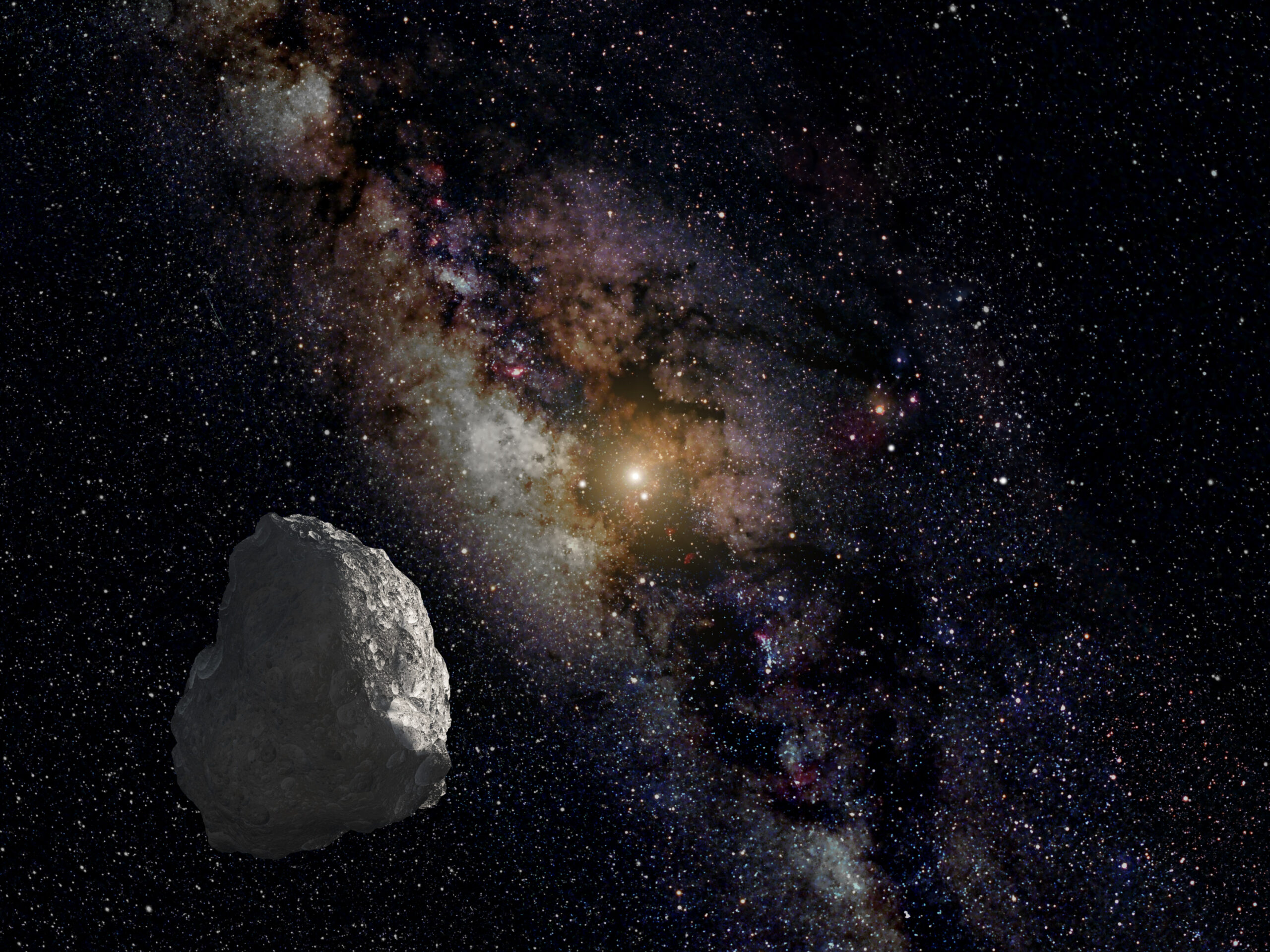
The Kuiper Belt is a region of leftovers from the solar system’s early history.

The Kuiper Belt is a region of leftovers from the solar system’s early history.
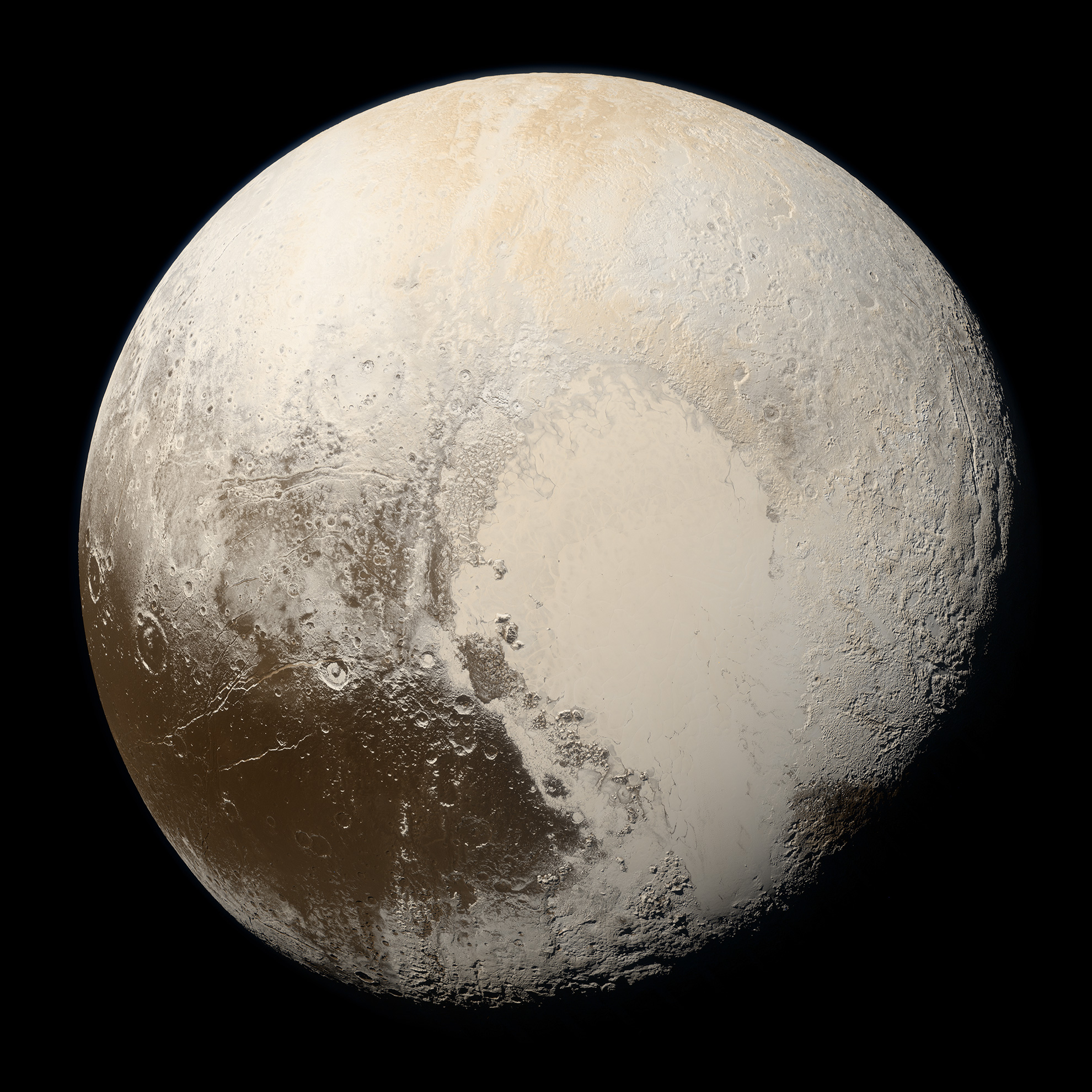
Discovered in 1930, Pluto is a complex and mysterious world with mountains, valleys, plains, craters, and maybe glaciers.
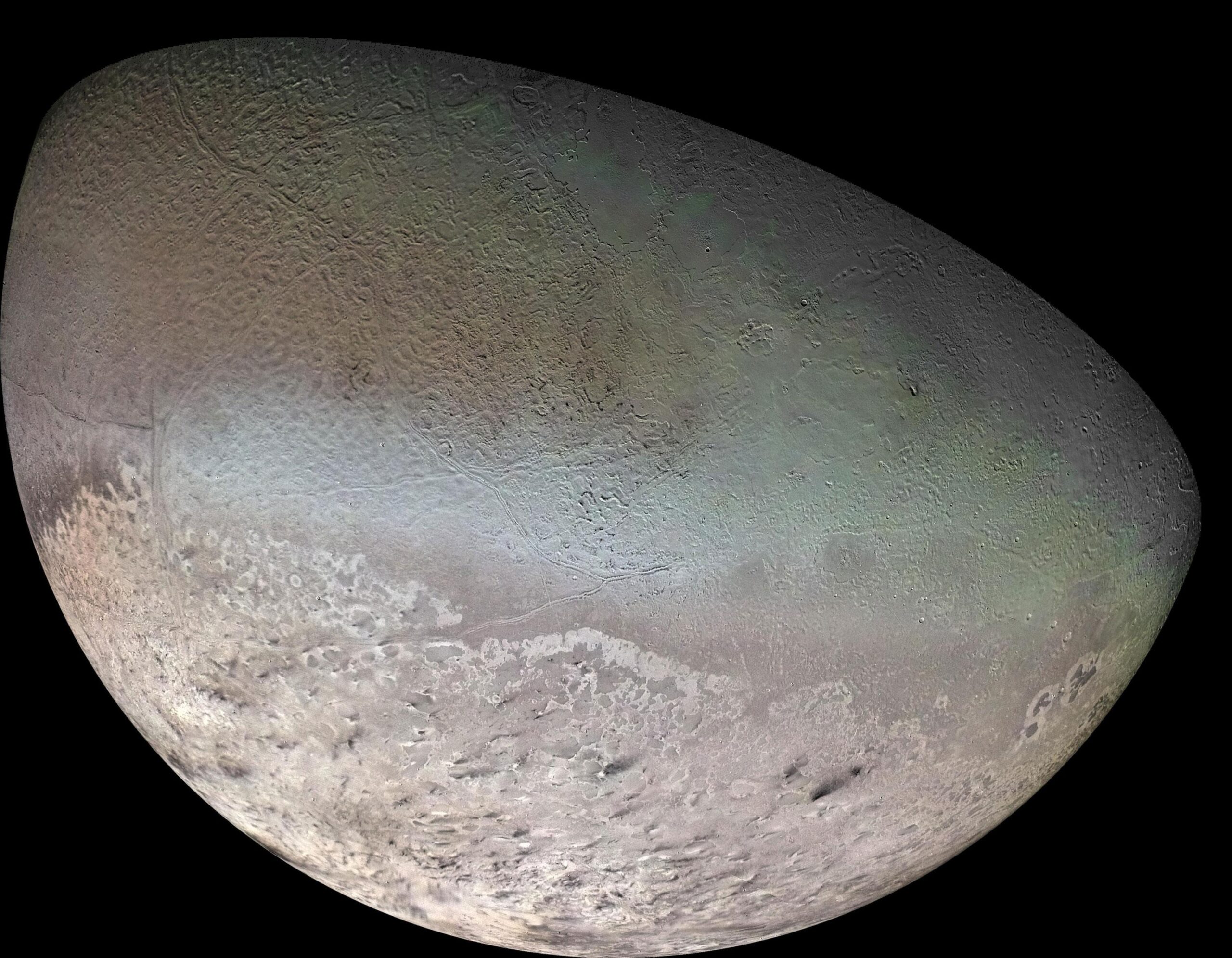
Triton is the largest of Neptune’s 13 moons. It is unusual because it is the only large moon in our solar system that orbits in the opposite direction of its planet’s rotation, a retrograde orbit.
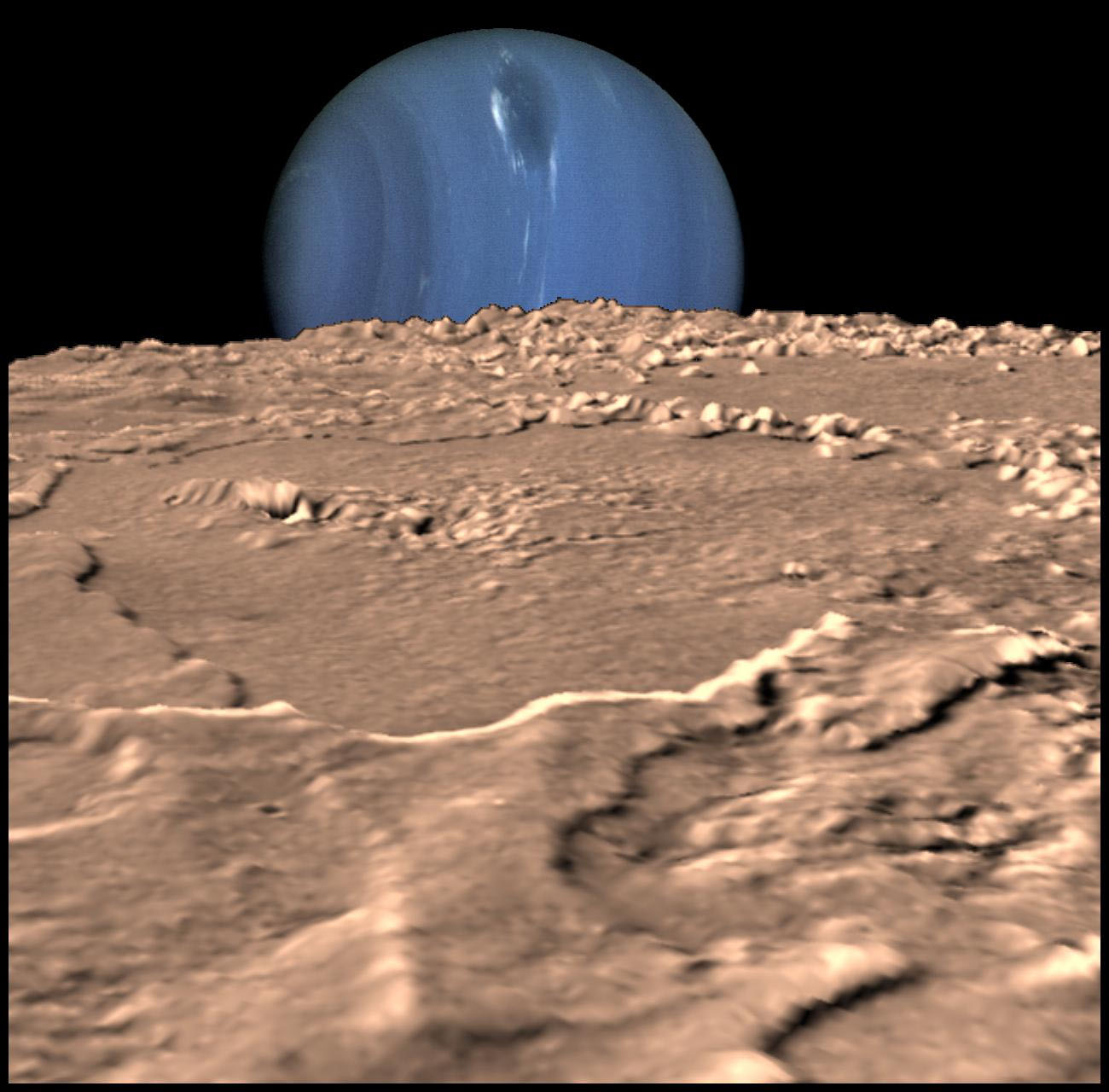
Dark, cold, and whipped by supersonic winds, ice giant Neptune is the eighth and most distant planet in our solar system.
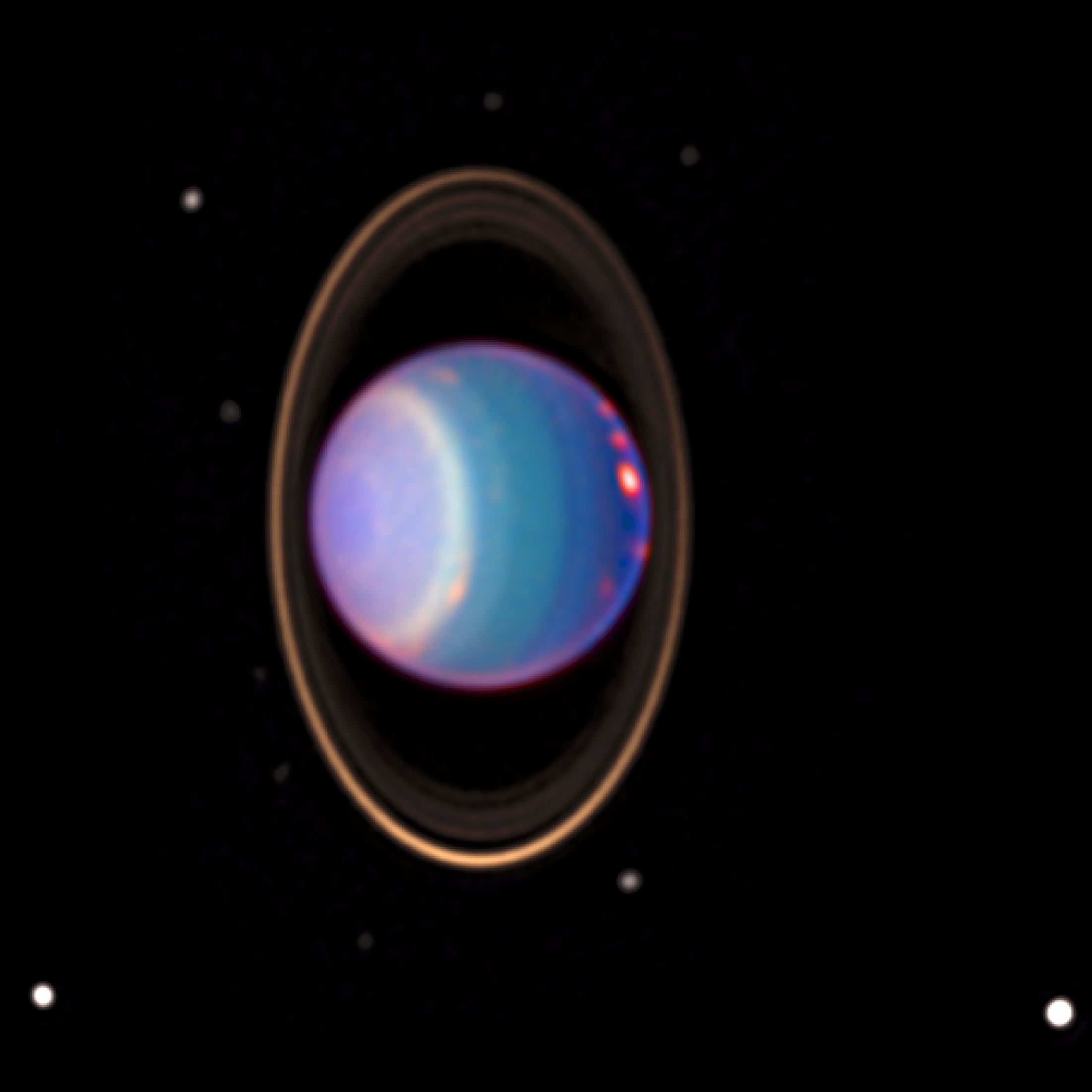
Uranus is the seventh planet from the Sun, and has the third-largest diameter in our solar system.

Saturn’s icy, oceanic moons in our Solar System.
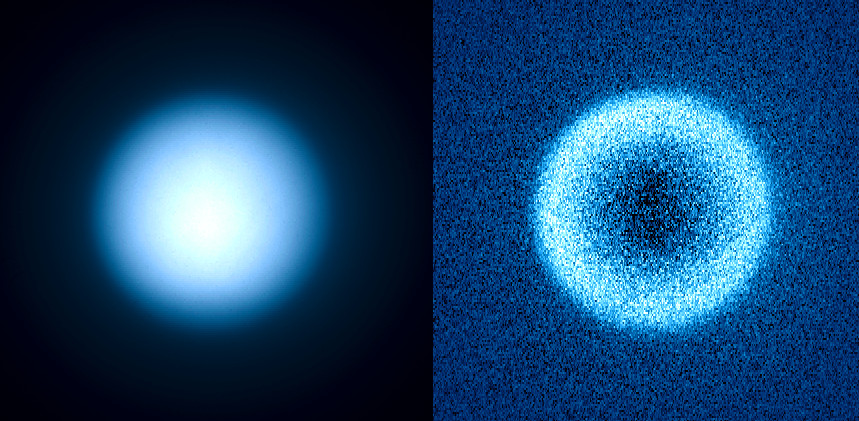
Saturn’s largest moon, Titan, is an icy world whose surface is completely obscured by a golden hazy atmosphere.

Adorned with a dazzling, complex system of icy rings, Saturn is unique in our solar system.
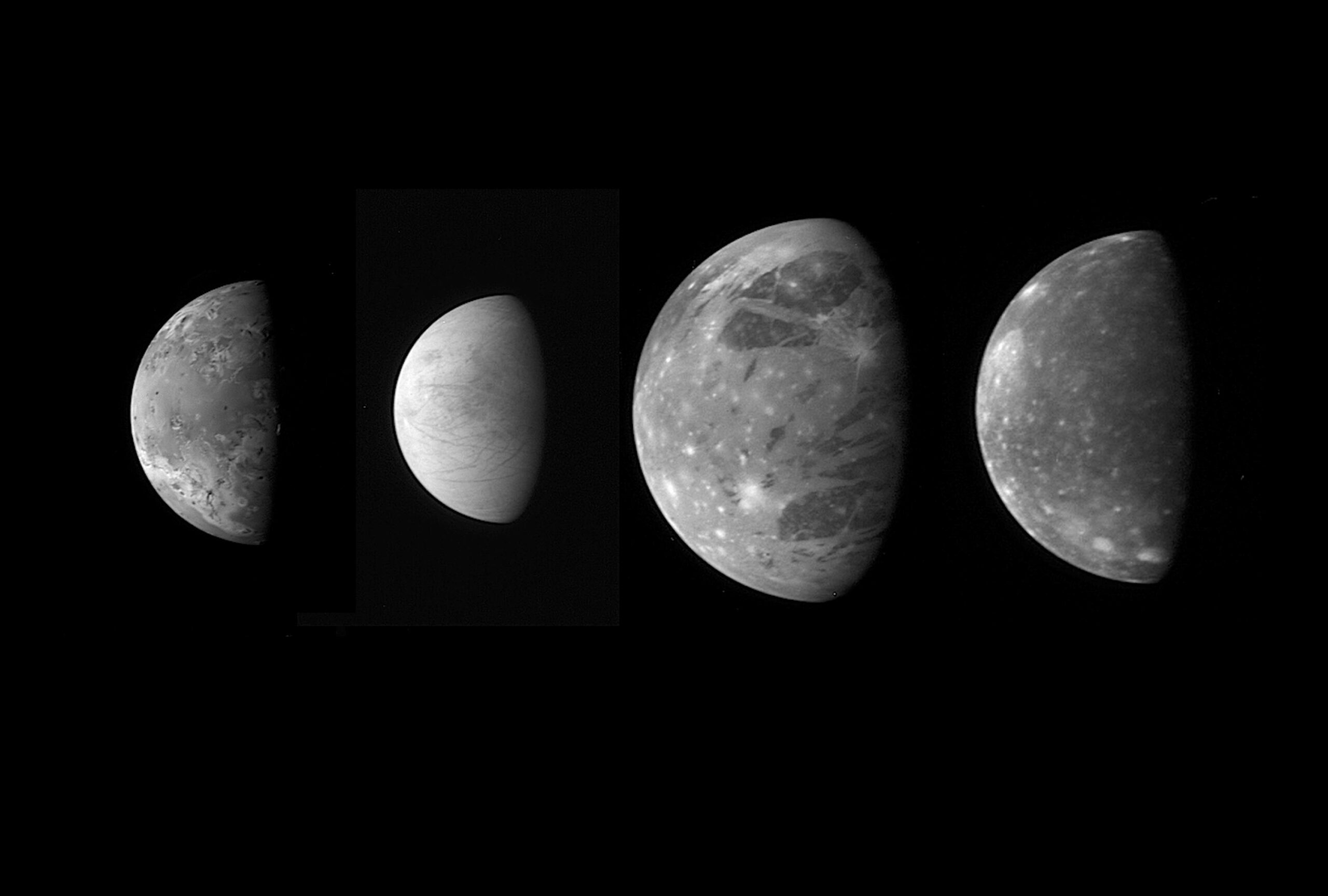
Ganymede and Callisto were discovered on January 7, 1610 by Italian scientist Galileo Galilei along with Jupiter’s other two largest moons, Europa and Io.
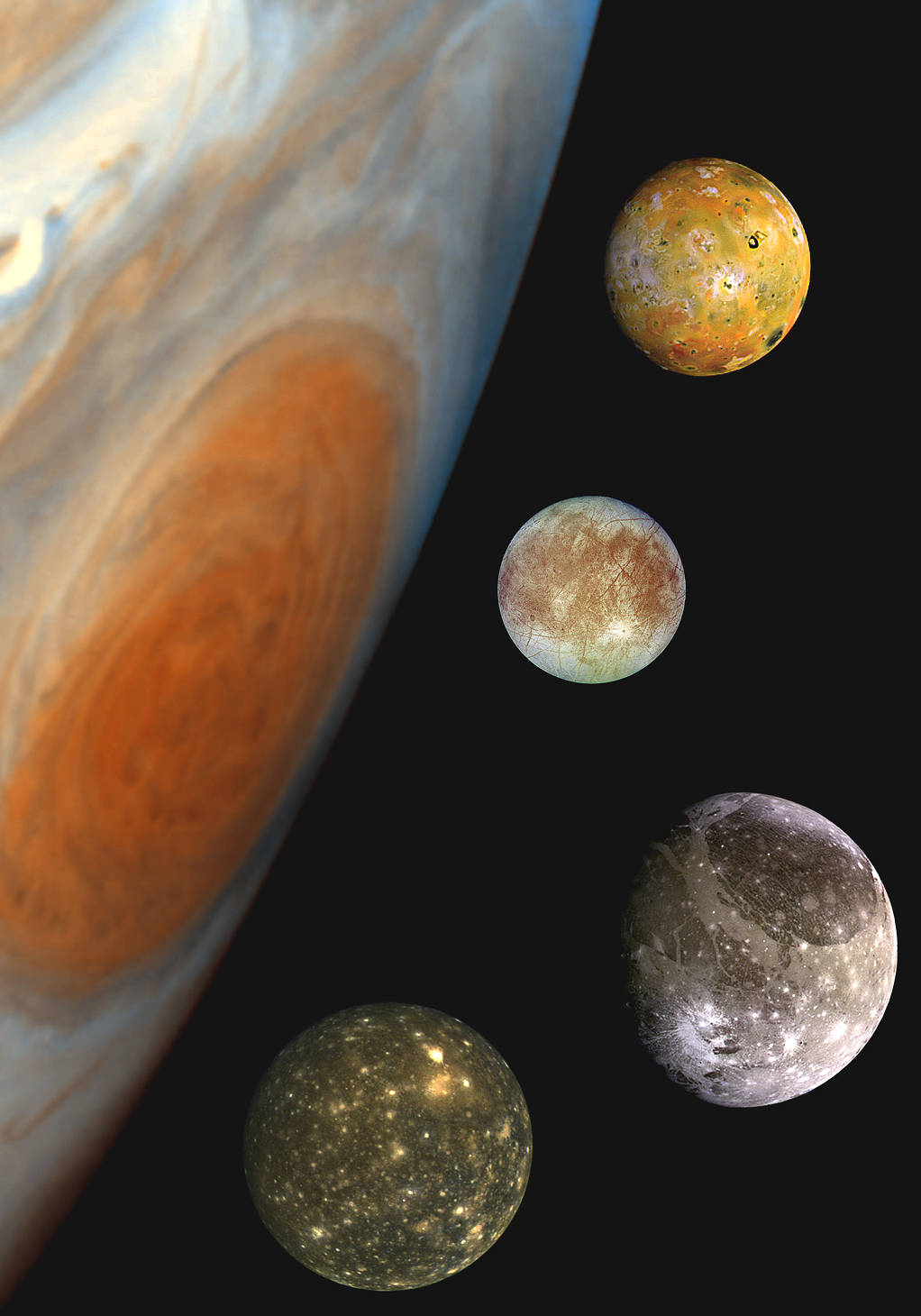
Jupiter has 4 very famous moons, Io, Europa, Ganymede and Callisto… here is their story